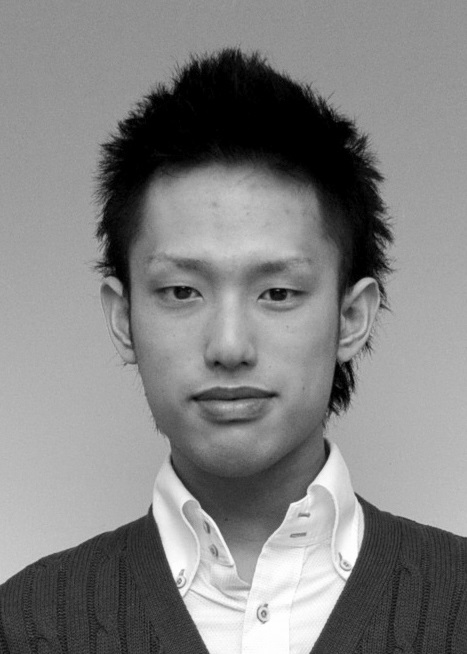
Meta
Tomohiro Osaki
Tomohiro Osaki is a staff writer in the Domestic News Division. A graduate of Sophia University in Tokyo, he likes to explore under-reported realities of Japanese youth, with a tendency toward the taboo.
Feb 7, 2013
Jan 31, 2013
Jan 31, 2013
Jan 31, 2013
Jan 31, 2013
Jan 23, 2013
Jan 23, 2013
Jan 23, 2013
Jan 17, 2013
Jan 17, 2013
Jan 17, 2013
Jan 11, 2013
































